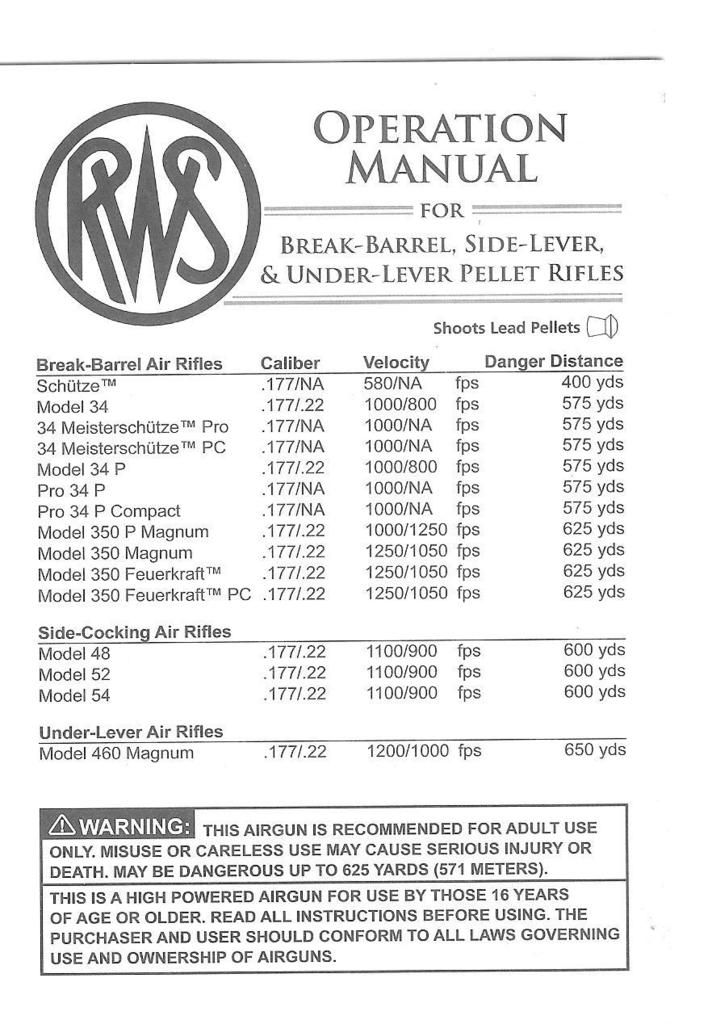Hi guys
Me and a friend had this discussion, how far can you shoot a pellet rifle, and it can still be dangerous? I guess it will be on .177 and .22 cal mainly.
My guess was around 300 yards. Maybe even less.
Please let me know what you think.
Biagio
Me and a friend had this discussion, how far can you shoot a pellet rifle, and it can still be dangerous? I guess it will be on .177 and .22 cal mainly.
My guess was around 300 yards. Maybe even less.
Please let me know what you think.
Biagio
